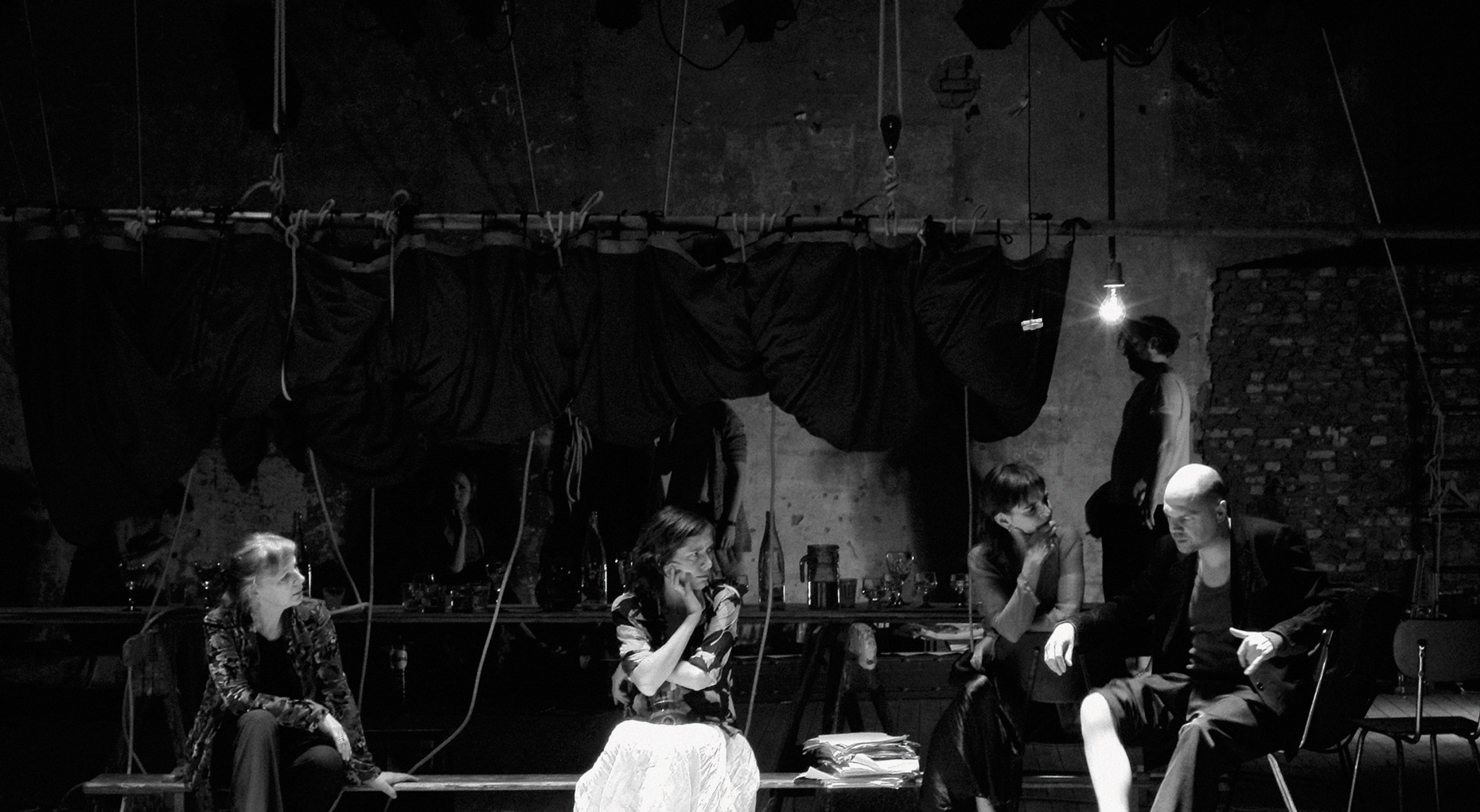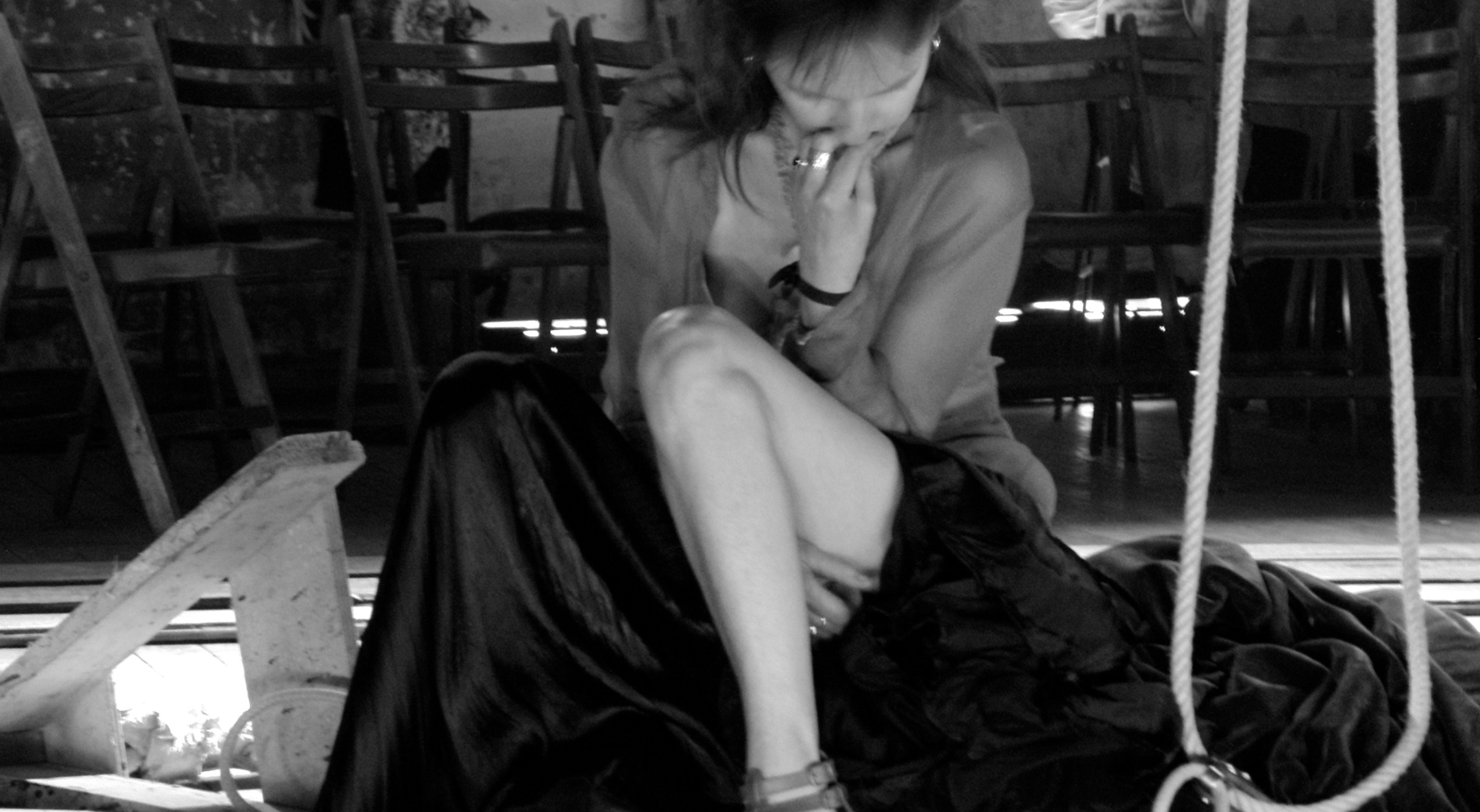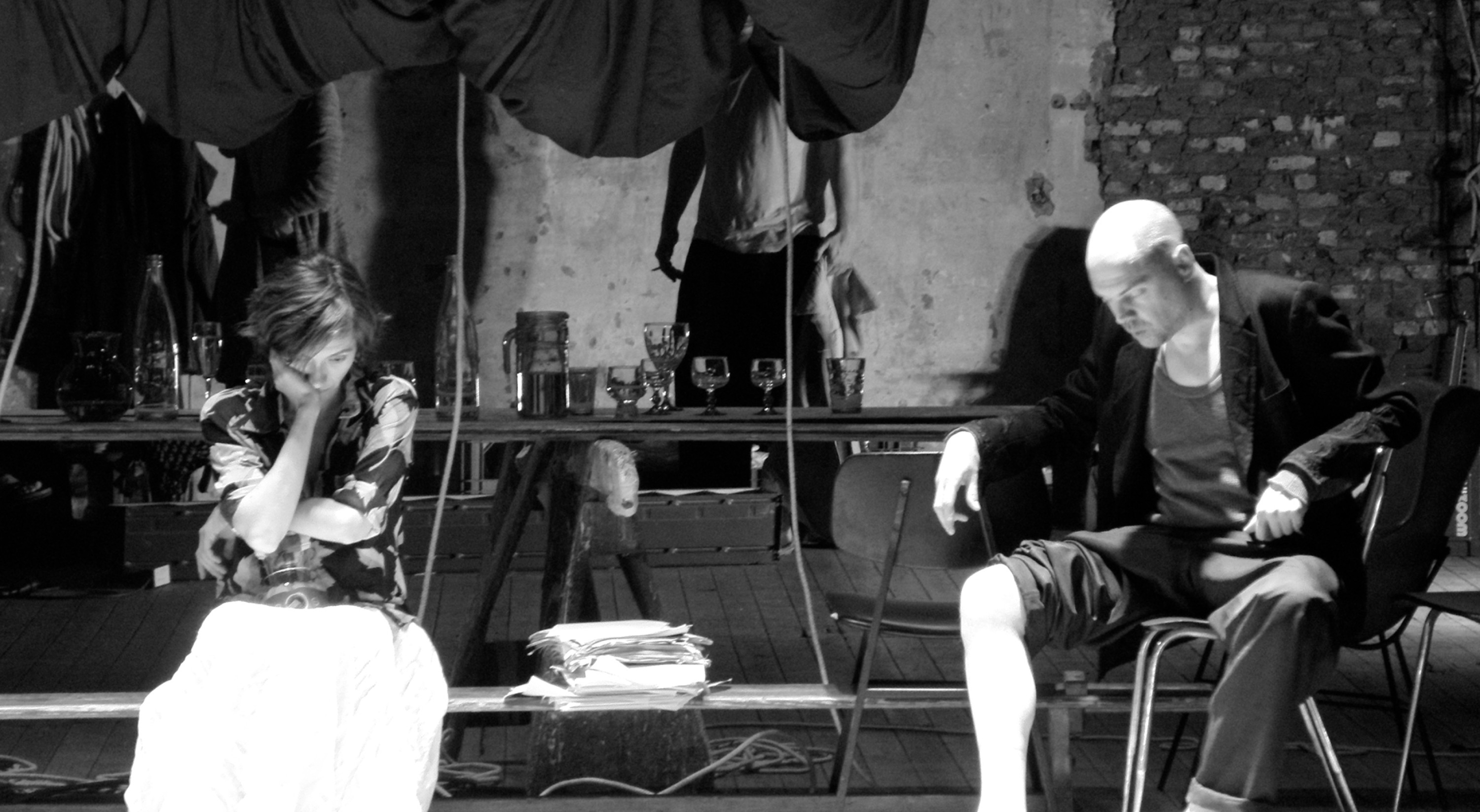tg STAN
Les Estivants
by Maxime Gorki
Archive 2012
Théâtre de la Bastille
octoberoct 30 - november – nov 30
octoberoct 30 - november – nov 30
1/3
Les Estivants by Maxime Gorki
With Robby Cleiren, Jolente De Keersmaeker, Sara De Roo, Damiaan De Schrijver, Tine Embrechts, Bert Haelvoet, Minke Kruyver, Frank Vercruyssen and Hilde Wils
Light, Clive Mitchell
Production tg STAN
Coproduction Théâtre Garonne (Toulouse) ; Théâtre de Nîmes ; Théâtre National de Strasbourg ; Théâtre de la Bastille (Paris) ; Festival d’Automne à Paris
Corealisation Théâtre de la Bastille (Paris) ; Festival d’Automne à Paris
Thanks to Dood Paard, Peter Gorissen, Jeroen Perceval, Bob Snijers, Henk Van de Caveye et Gommer Van Rousselt
With the support of the Flemish Authorities
With the support of ONDA
Partnership with France Inter
The Dutch version was created June 17, 2010 at Monty (Anvers)
The French version was created October 2, 2012 at Théâtre Garonne (Toulouse)
With Robby Cleiren, Jolente De Keersmaeker, Sara De Roo, Damiaan De Schrijver, Tine Embrechts, Bert Haelvoet, Minke Kruyver, Frank Vercruyssen and Hilde Wils
Light, Clive Mitchell
Production tg STAN
Coproduction Théâtre Garonne (Toulouse) ; Théâtre de Nîmes ; Théâtre National de Strasbourg ; Théâtre de la Bastille (Paris) ; Festival d’Automne à Paris
Corealisation Théâtre de la Bastille (Paris) ; Festival d’Automne à Paris
Thanks to Dood Paard, Peter Gorissen, Jeroen Perceval, Bob Snijers, Henk Van de Caveye et Gommer Van Rousselt
With the support of the Flemish Authorities
With the support of ONDA
Partnership with France Inter
The Dutch version was created June 17, 2010 at Monty (Anvers)
The French version was created October 2, 2012 at Théâtre Garonne (Toulouse)
Since tg STAN was founded in 1989, its methods – working without a stage director, using the floor’s energy, acting in several languages – have rarely been equaled. Maxim Gorki’s Les Estivants, written in 1904, describes the leisurely everyday life of the Russian bourgeoisie, with their thoughts on love, loneliness or marriage.
In the same place


